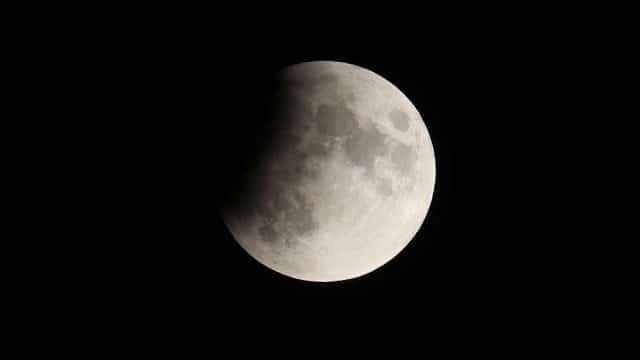
As commemoration mark 50 years since man first stepped on the moon, Europe’s space chief has mankind’s next giant leap forward.
Jan Wörner, Director-General of European Space Agency (ESA), spoke to Euronews about his plans for a moon village.
You can watch his full interview in the video player, above.
“This time the humans would not go there and just leave after a couple of hours or days, but they should stay for a longer period,” he told Euronews.
“It’s not a colony for life but to study there to do research, science and all of this.
“A moon village is not a project of some single houses, a church and a bar. It’s a concept of combining different actors worldwide together on the surface of the moon.”
Sending humans back to the moon
Many of the biggest accomplishments in space occurred in the 1960s when the United States successfully sent humans into space.
And although mankind has sent robots and created an International Space Station orbiting Earth, there has not been a human on the moon since 1972.
Several “commercial and institutional” missions to the moon are planned in the coming decades, according to the ESA.
ESA is working with Japan and Canada on sending a rover to the moon in the mid-to-late-2020s in order to prepare for a human presence as part of the Heracles mission.
The rover will scout a previously unexplored part near the moon’s south pole.
Wörner hopes to eventually combine “different actors worldwide to work on the surface of the moon” — this would include robots and astronauts working together to better understand the moon.
“Moon village is a concept of combining different actors worldwide to work together on the surface of the moon and this is what is happening right now,” he said.
The United States also wants mankind to return to the moon and has created a “twin” project to its famous Apollo missions: Artemis.
As part of the mission, NASA plans to return humans to the moon by 2024 and create a sustainable human presence on the moon by 2028.
Woerner doesn’t like the idea of “going back” to the moon in terms of a space race, but is instead in favour of “international cooperation”.
“We also try to be part of the lunar gateway which will be something like a bus stop to do some operations and of course, to go to the moon is not only science, is not only technology… it is also preparations to go beyond,” Wörner said.
Read more about the ESA’s ambitious plan here.







